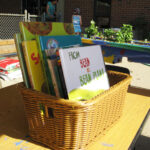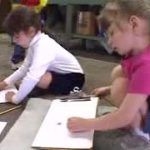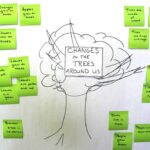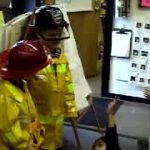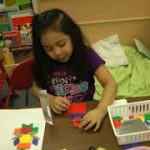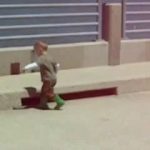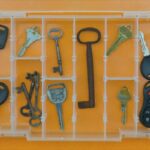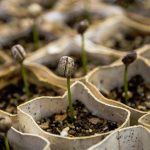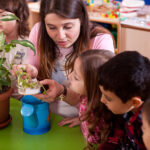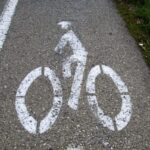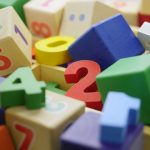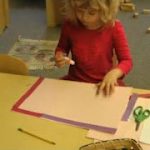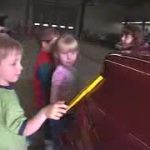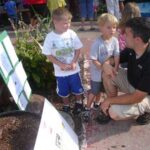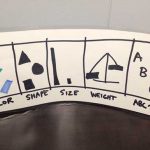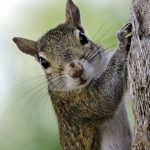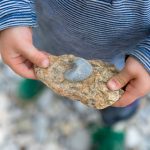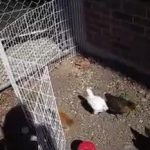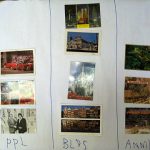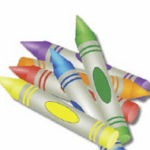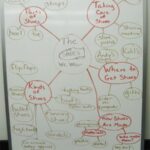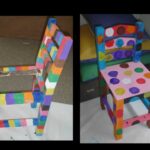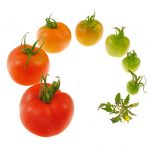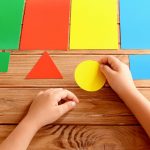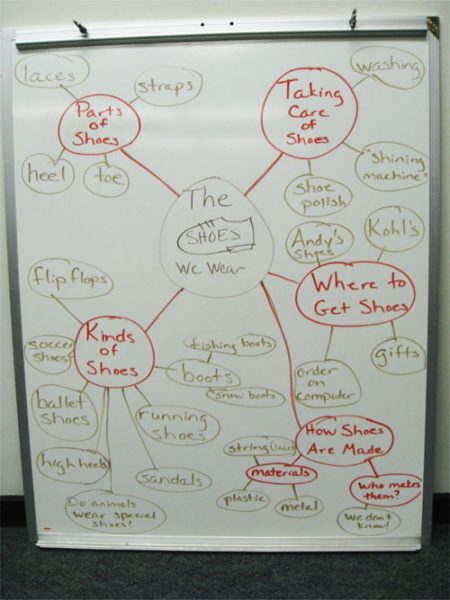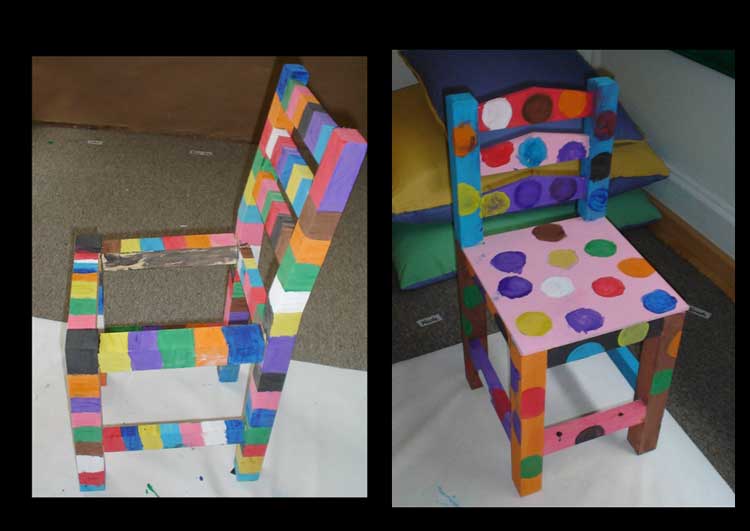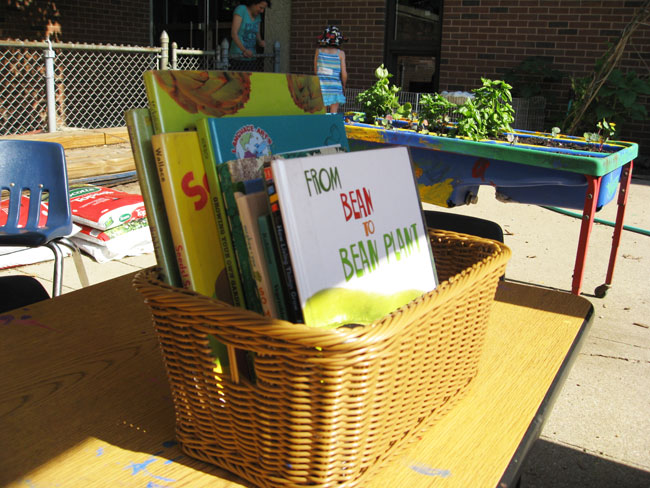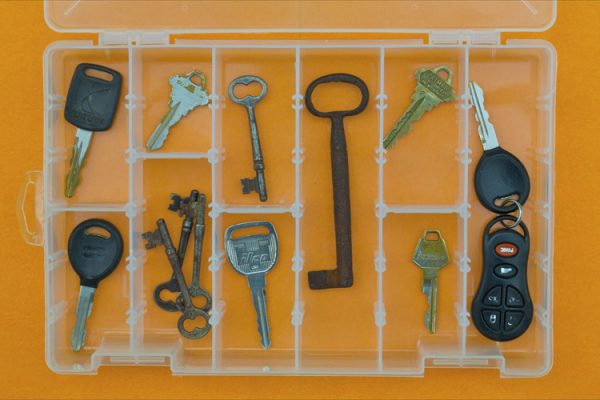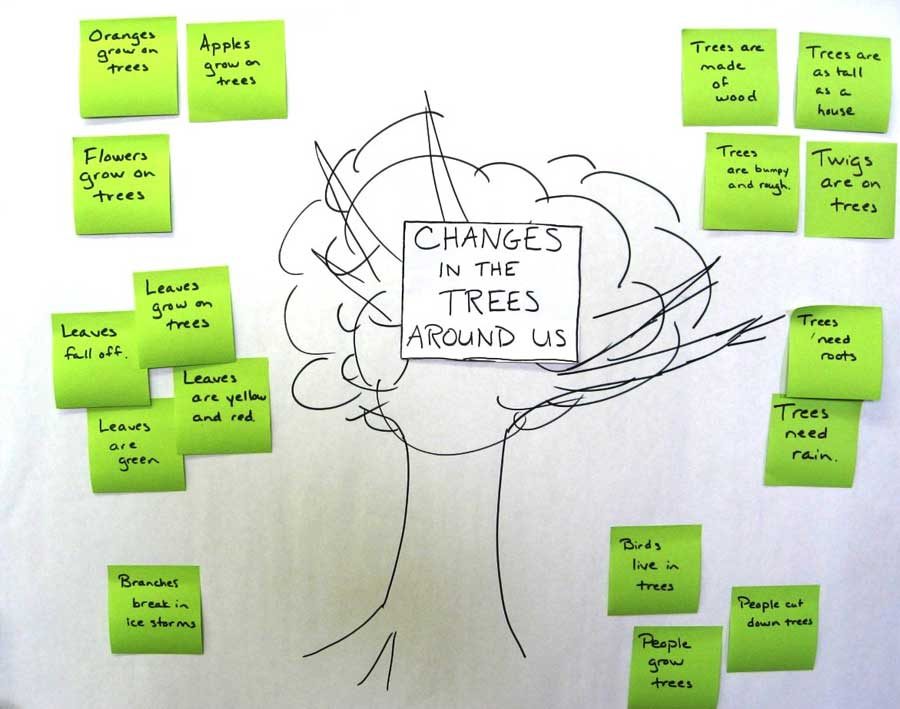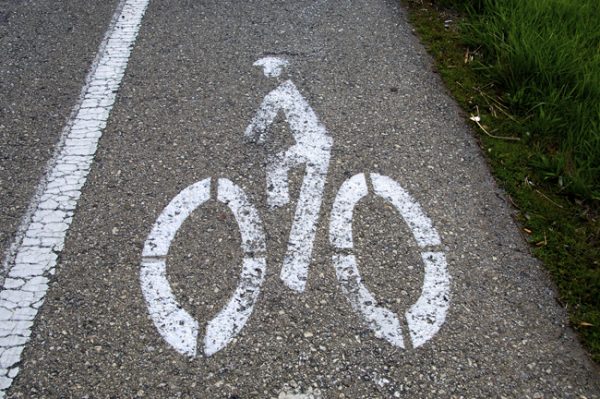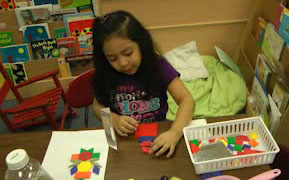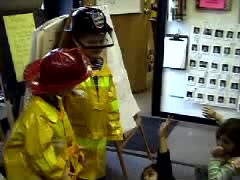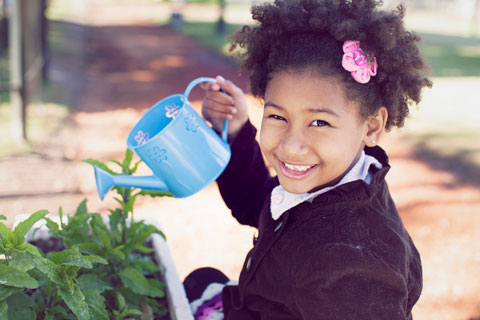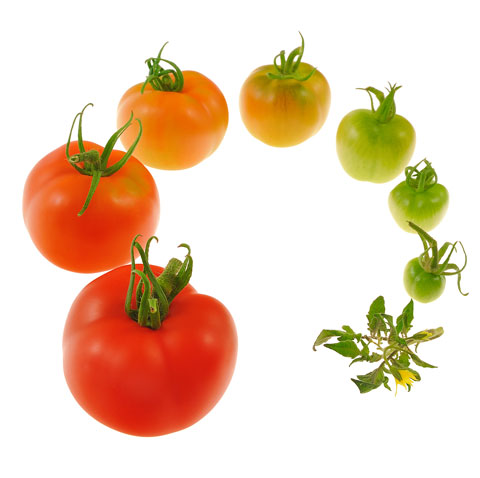IELDS Standard: 8.A.ECa
-

Things to Do While You’re Waiting: Math Is Everywhere
Keep children engaged when you have to wait
-
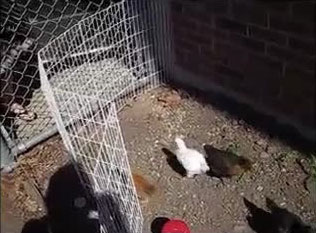
Observing Chickens on the Playground
Teachers have given children an opportunity to observe chickens during free play, after first having arranged some activities that allowed the children to become somewhat familiar with the chickens in another setting.
-
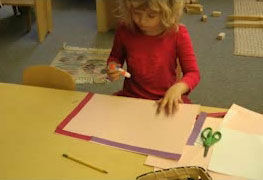
Mila Sticks With Art
The video shows Mila creating an “outline” or frame of construction paper strips around a piece of drawing paper, then drawing inside the frame.
-
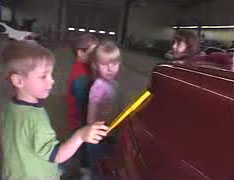
Magnets and Cars
The teacher took the 3- and 4-year-olds to visit the automotive lab next door to the classroom. The next day she asked the children to predict what parts of a car would attract a magnet.
-
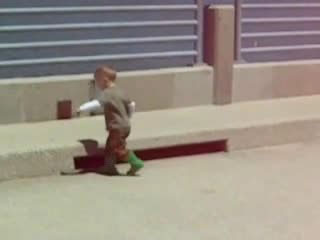
Exploring Sound on the Dam
This video clip shows one kind of exploration that is possible when educators arrange outdoor experiences for young children.
-
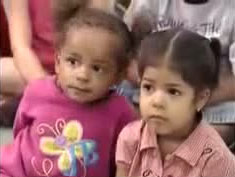
Bouncing Balls
During circle time, the children played a guessing game about balls.
-
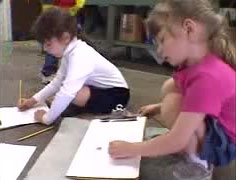
Bethany Draws a Wheel
The community college child care center in this video was near the automotive lab, where auto mechanics were trained. The families of the children were students, faculty, and members of the local community. Many of the families qualified for subsidized child care because of their income. Children had many different attendance patterns, due to their…
-

Sorting, Classifying, and Organizing
Sorting and organizing things into sets and groups is an important math skill for young children to develop.
-
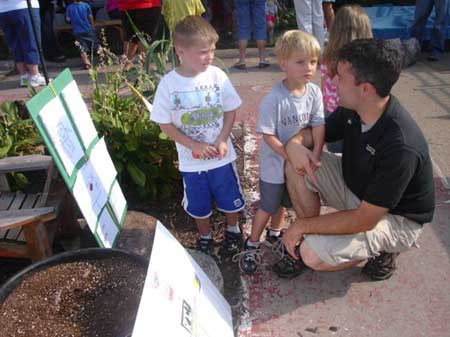
Math and the Project Approach
Young children develop math competencies when their teachers know what math concepts and skills young children are most likely to be ready to learn and should know (Illinois State Board of Education, 2013) and when teachers know where each child’s individual level of progress and performance is in relation to mastery of those competencies.
-

Get Growing: Learning about Seeds
Preschoolers can find out many things about seeds before planting them. Here are some teacher-tested activities to help children investigate seeds.
-
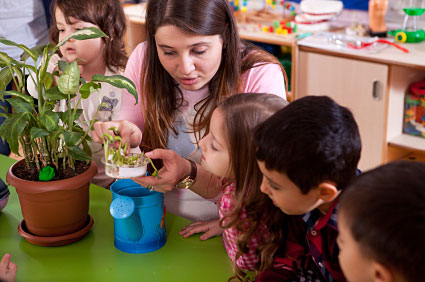
Get Growing: From Seeds to Sprouts
Here are some suggestions for seed-sprouting activities.
-
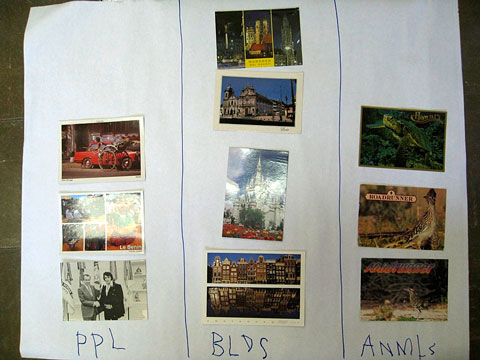
Path to Math: Real Graphs for Preschoolers
Graphing can be a way for 4- and 5-year-olds to apply what they know about classification, counting, and one-to-one correspondence.
-
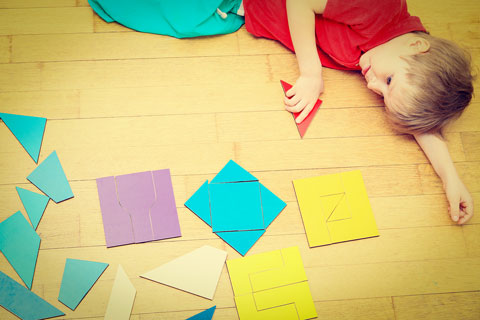
Path to Math: Classification
Children classify objects, ideas, sounds, smells, or flavors into groups (categories) according to traits they have in common.
-

Natural Illinois: Mammals
Look carefully and you may see squirrels, rabbits, chipmunks, or field mice—or the tracks they leave behind.
-

Natural Illinois: Rock On!
You don’t have to go to exotic places to find interesting rocks for preschoolers to study!
-
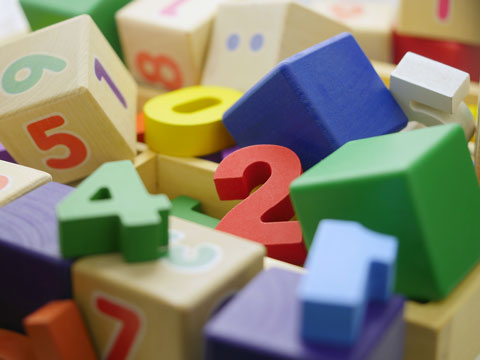
Learning Math Through Games
Playing active games is fun for most children, and it can build a strong sense of community in a classroom.
-
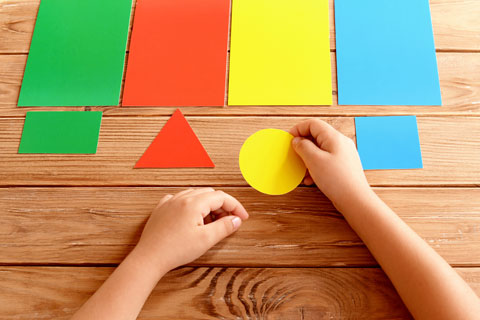
Things to Do While You’re Waiting: Math
You can use waiting time to show your child that Math = Part of Life.
